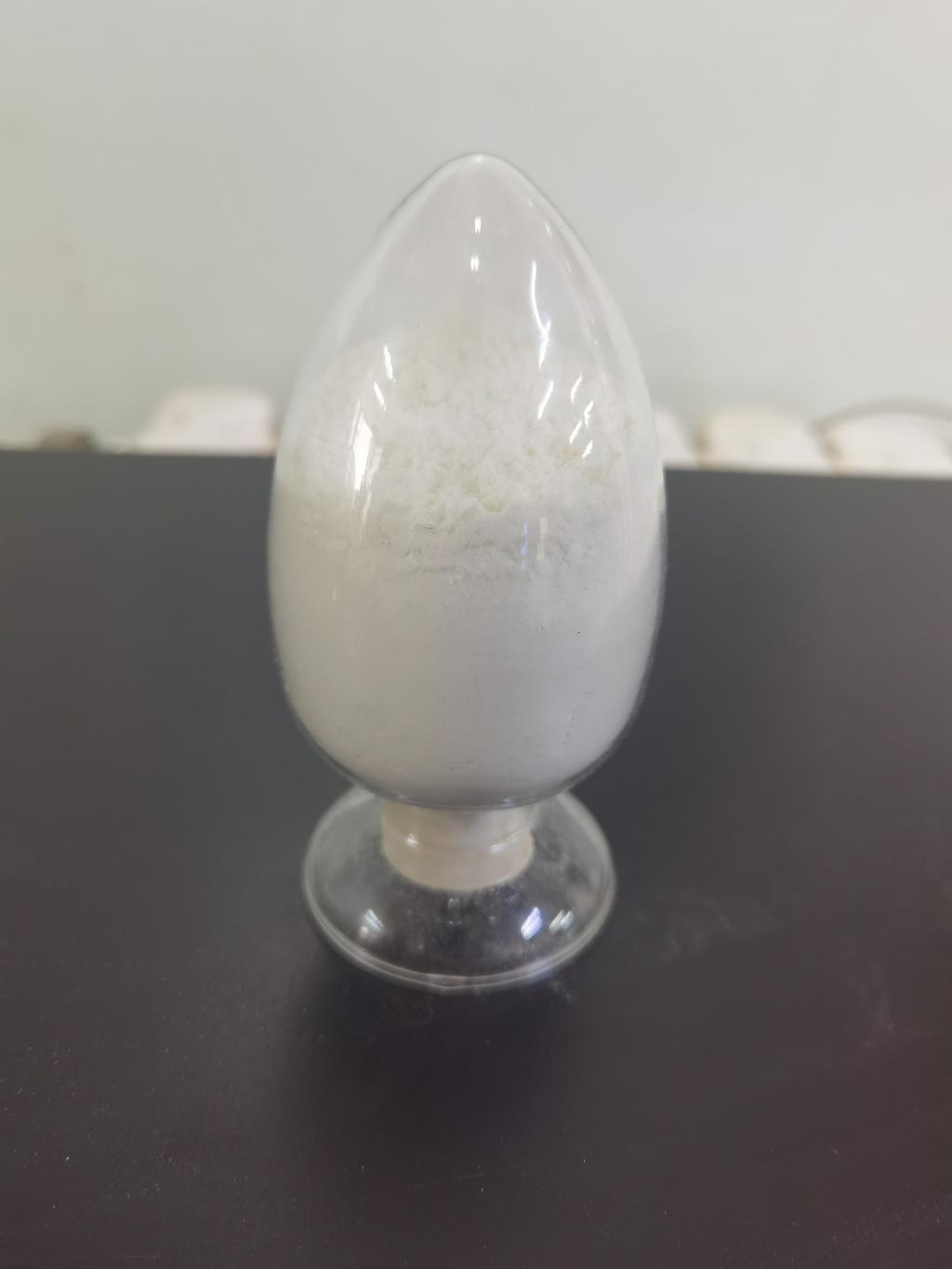Tel:+8618231198596

News
 CONTACT
CONTACT
 CONTACT
CONTACT
- Linkman:Linda Yao
- Tel: +8618231198596
- Email:linda.yao@dcpharma.cn
- Linkman:CHARLES.WANG
- Department:Overseas
- Tel: 0086 0311-85537378 0086 0311-85539701
News
Current Position:
Home >
News
>Synergistic effects of ε-Polylysine hydrochloride with other natural preservatives.
Synergistic effects of ε-Polylysine hydrochloride with other natural preservatives.
TIME:2023-07-31
Understanding ε-Polylysine Hydrochloride:
ε-Polylysine hydrochloride is a cationic homopolymer of lysine, derived from microbial sources. It exhibits broad-spectrum antimicrobial activity against various microorganisms, including bacteria, yeasts, and molds. Its mode of action involves disrupting microbial cell membranes and inhibiting cell growth, making it an effective natural preservative.
Natural Preservatives:
Plant Extracts:
Plant extracts, such as rosemary, oregano, and thyme, contain bioactive compounds with antimicrobial properties. These compounds, such as phenols and terpenes, have shown potential as natural preservatives in food applications.
Essential Oils:
Essential oils extracted from plants possess strong antimicrobial properties due to their active components, such as thymol, carvacrol, and eugenol. They have been studied for their potential as natural preservatives in various food products.
Organic Acids:
Organic acids, like acetic acid, citric acid, and lactic acid, are naturally occurring compounds with antimicrobial effects. They are commonly used as food preservatives to inhibit the growth of spoilage and pathogenic microorganisms.
Synergistic Effects of ε-Polylysine Hydrochloride with Natural Preservatives:
Enhanced Antimicrobial Activity:
Research has demonstrated that combining ε-polylysine hydrochloride with plant extracts or essential oils results in enhanced antimicrobial activity. The synergy between different antimicrobial compounds targets multiple sites in microbial cells, leading to a more effective inhibition of microbial growth.
Broader Spectrum of Activity:
Synergistic combinations of ε-polylysine hydrochloride with natural preservatives have shown a broader spectrum of antimicrobial activity, inhibiting a wider range of microorganisms compared to individual preservatives.
Reduced Effective Dosage:
The combination of ε-polylysine hydrochloride with other natural preservatives has the potential to reduce the required effective dosage of each compound. This reduction can lead to cost savings and minimize the risk of potential adverse effects.
Applications of Synergistic Preservative Systems:
Meat and Poultry Products:
Synergistic preservative systems, combining ε-polylysine hydrochloride with natural preservatives, can enhance the safety and shelf life of meat and poultry products during storage and distribution.
Dairy Products:
In dairy products, such as cheese and yogurt, synergistic preservative systems can effectively control spoilage organisms and improve product stability.
Bakery and Confectionery:
Synergistic effects of ε-polylysine hydrochloride with natural preservatives can be beneficial in controlling mold growth and extending the freshness of bakery and confectionery items.
Consumer Acceptance and Labeling:
Synergistic preservative systems, utilizing ε-polylysine hydrochloride and other natural compounds, align with consumers' preferences for safer and more sustainable food products. Transparent labeling is essential to inform consumers about the combined use of these natural preservatives and gain their acceptance.
Challenges and Future Research:
Despite the advantages of synergistic preservative systems, challenges remain, including finding the optimal combinations, ensuring stability, and addressing potential sensory impacts. Further research is necessary to identify the most effective combinations and develop application-specific formulations.
Conclusion:
The synergistic interactions of ε-polylysine hydrochloride with other natural preservatives offer a promising approach to safer and more sustainable food preservation. These combinations provide enhanced antimicrobial activity, a broader spectrum of action, and the potential for reduced effective dosages. Integrating synergistic preservative systems into various food applications enables the food industry to meet consumer demands for healthier and eco-friendly products while promoting food safety and quality. Continued research and collaboration between researchers, regulatory authorities, and the food industry will drive further advancements in this field, leading to a more sustainable and natural approach to food preservation.
- Tel:+8618231198596
- Whatsapp:18231198596
- Chat With Skype







